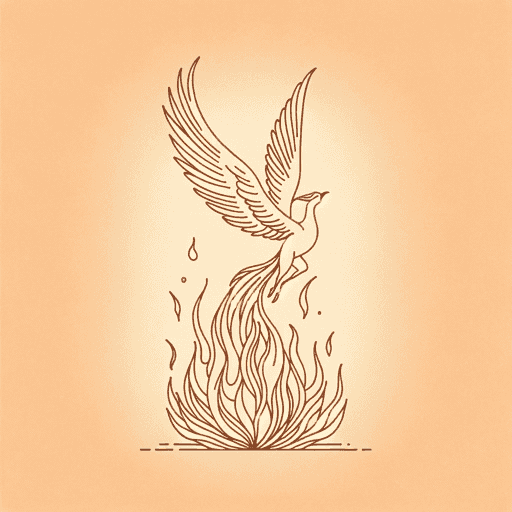82 pages • 2 hours read
Prince Caspian
A modern alternative to SparkNotes and CliffsNotes, SuperSummary offers high-quality Study Guides with detailed chapter summaries and analysis of major themes, characters, and more. For select classroom titles, we also provide Teaching Guides with discussion and quiz questions to prompt student engagement.
Symbols & Motifs
Aslan
As in The Lion, the Witch and the Wardrobe, Aslan is a savior figure who represents Jesus Christ (in fact, Lewis was adamant that Aslan was not merely a Christ figure but rather a representation of what God might be like incarnated in a different world). Through Aslan, Lewis sought not only to appeal to Christian readers but to persuade other readers to share his religious perspective.
Aslan’s most obvious parallel to Jesus comes in The Lion, the Witch and the Wardrobe, where he sacrifices himself to “redeem” Edmund and afterward returns from the dead. However, the symbolism is clear even in the absence of such concrete events. Like Jesus, for example, Aslan has dedicated followers who believe in him and his values while others deride him and question his power or very existence. Because Aslan is not always present in Narnia, his followers must have faith that he will return. Nikabrik is unsure of Aslan’s abilities, and Trumpkin does not believe in anything he has not personally experienced before. By contrast, Doctor Cornelius and Prince Caspian are certain that Aslan is real and will help them.



Related Titles
By C. S. Lewis




















